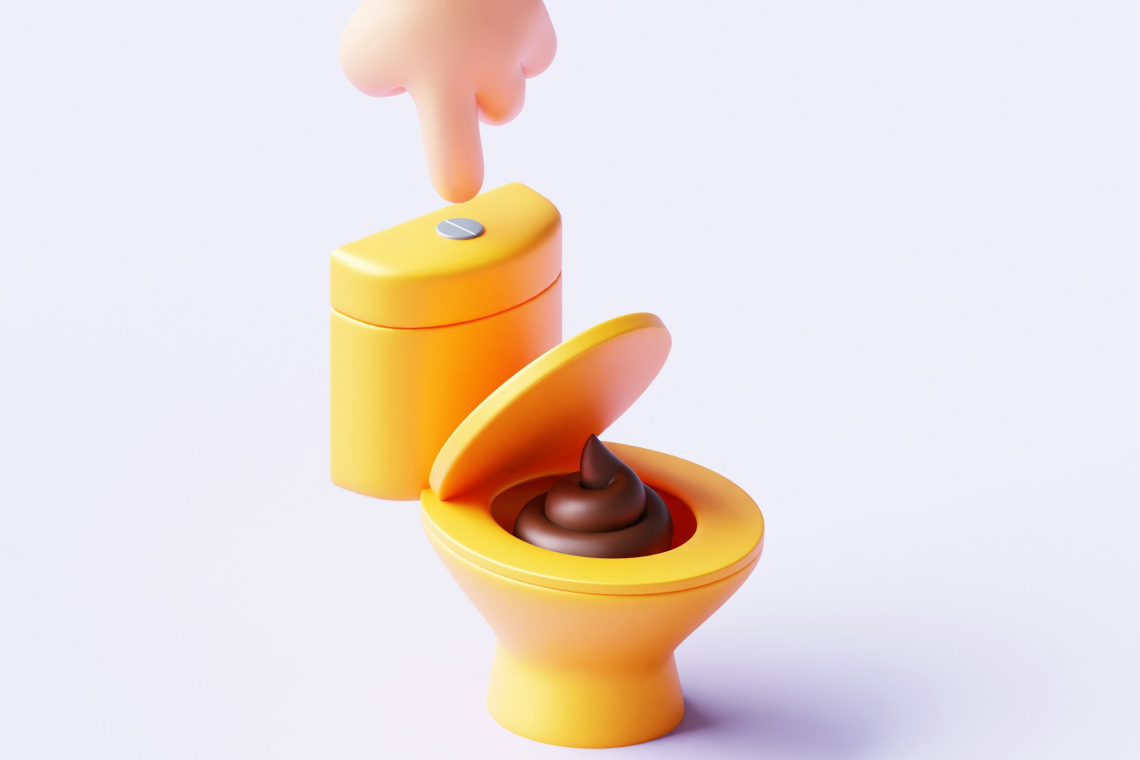By Dr. Colin Michie FRCPCH
Coping with baby sleeping habits, feeding and toilet training is never easy. Toilet training workloads have increased in many countries too – many children are spending much longer in diapers.
In the 1950s, daytime dryness was achieved between 12 and 28 months by most children; it now takes over three years, particularly in the Global North. Although each infant is likely to have their own approach to toilet training, broadly similar paths are still followed. Bowel control comes first – passing stool at night usually stops by a year of age. By three years, most children are mostly dry for most days – most can put off the need to pass urine by then. Children’s needs have not changed!
So why have times to dryness increased? The deferment is a recent phenomenon. A century ago, most infants did not have diapers and toilet training was hardly mentioned in guides for childcare. This permissive situation was associated with early independence for children. Today’s work schedules involving both parents, along with the convenience of disposable diapers, have probably driven growing diaper consumerism and a loss of focus on the reasons for using them.
Cultural differences influence toilet training. For infants in south-east Asian and many African nations, elimination communication is a tradition, starting early – from two weeks to four months of age. Watching the baby for cues, with parents or carers supporting their awareness of the process, the infant is helped to pass urine or stool without a diaper. Episodes of urination become less frequent from four months, as bladder volume increases.
By 24-28 months, most of these toddlers are dry by day, using a potty or toilet, with minimal diaper use. Other intensive approaches to toilet training can be started in the first year – systems such as the Azrin and Foxx method, the Brazleton or the alarm strategies start with older infants.
Early toilet training does not come with any health risks. By contrast, harms from prolonged diaper use have been reported. These include an increased risk of urinary tract infections – a situation that then requires doctors and investigations. Older children invariably compare themselves with each other, so wearing prolonged diaper-wearing influences their social confidence, independence and quality of life – a situation that can trouble their families in turn.
Delaying daytime dryness has impacts outside the family home. Extra work is needed from those supporting such children through early education. Larger numbers of youngsters starting pre-school or school do not have the capacity to stay dry.
Diapers evolved in a generation from pieces of towelling cloth held together by safety pins into elasticated devices with adhesive fixings, high absorbency and fewer leaks. Diapers now draw urine and faeces efficiently away from infant skin, protecting sensitive areas from any damage produced by wetness and infection. “Nappy rash”, or dermatitis, is thankfully much less common, and milder, too, now that infants often have the advantage of using disposable diapers.
Diapers have become a consumer item: They are advertised as necessary evidence of sophisticated parenthood! Those designed for older children have been renamed “pull-ups”; others are designed to be used in a swimming pool. Diapers come in several types – most are single-use and require disposal; cloth ones can be washed and re-used. Careful studies of the life cycle of re-usable nappies show that their wider environmental impacts are not very different to that of disposables. The cotton in their cloth requires a great deal of water in its growth and processing, while washing these diapers consumes large amounts of energy and yet more water.
An infant is likely to use between one and two thousand diapers a year. Single-use, disposable diapers make up the largest market share, delivering a large burden to the environment – millions of tons of them are incinerated or buried annually. They contribute to global plastic waste; only a tiny number are composted or recycled. To tackle this large refuse problem, a practical initial approach is to shorten toilet training times.
Toilet training is not always completely successful. Achieving dryness throughout the night, in particular, is challenging, because between 5 and 20% of children wet their beds at the age of five. This concerns parents, but it is normal! This condition often runs in families, it is seen in those with sickle cell, too, because of their higher fluid intakes. Achieving dryness may be more difficult if a child is neurodiverse, has developmental delay or, more frequently, should they have constipation. Parents rarely consult professionals with these problems – do not be shy!
Early toilet training is possible and safe – it needs to be encouraged and supported. Early daytime dryness is beneficial to a child’s development, along with family budgets and St. Maarten’s island ecologies.
Dr. Colin Michie specializes in paediatrics, nutrition, and immunology. Michie has worked in the UK, southern Africa and Gaza as a paediatrician and educator and was the associate Academic Dean for the American University of the Caribbean Medical School in Sint Maarten a few years ago.
Useful Resources:
www.nhs.uk/conditions/baby/babys-development/potty-training-and-bedwetting/how-to-potty-traineric.org.uk/potty-training







